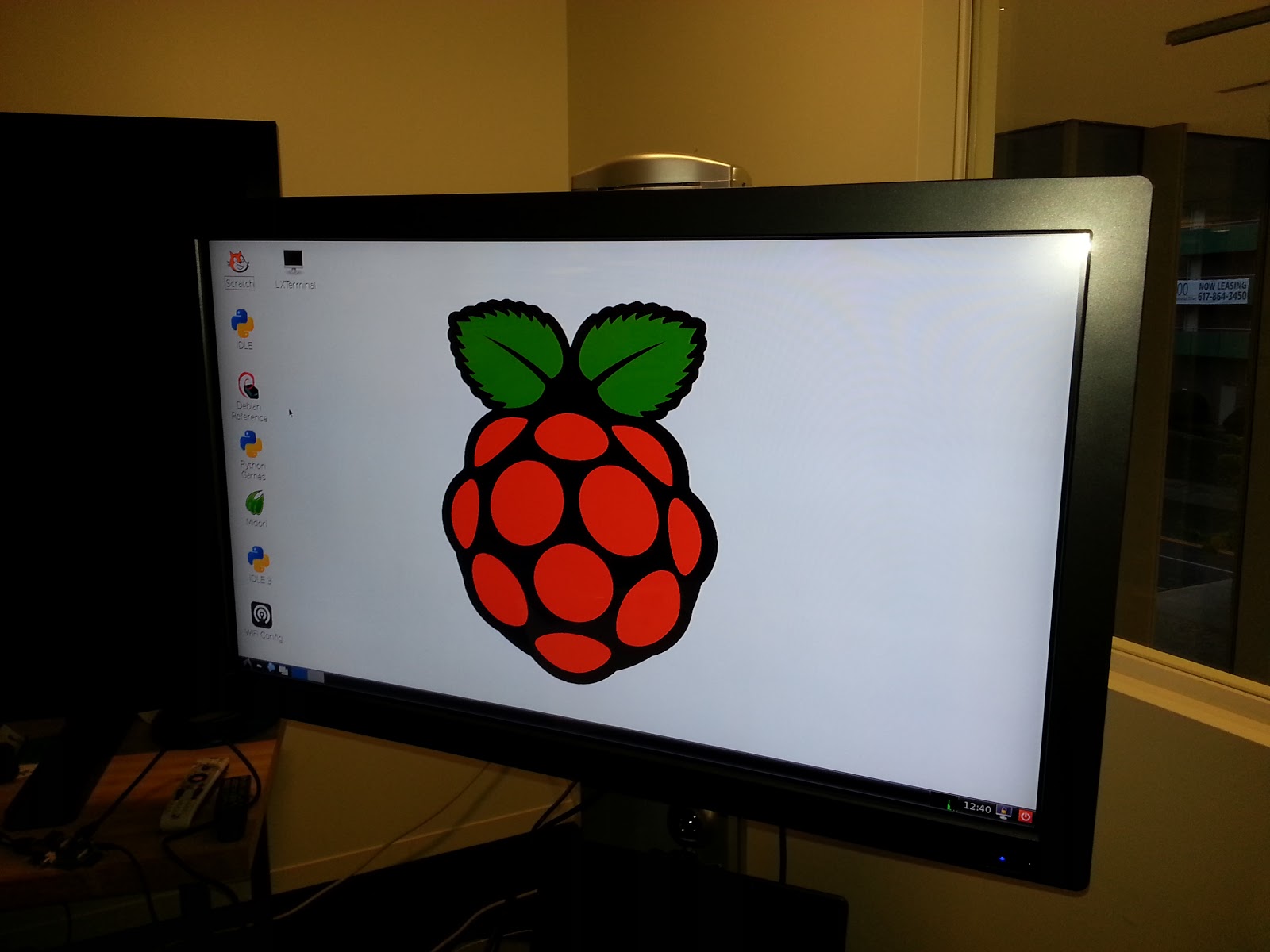

- #RASPBERRY PI FORMAT EXTERNAL HARD DRIVE WINDOWS HOW TO#
- #RASPBERRY PI FORMAT EXTERNAL HARD DRIVE WINDOWS INSTALL#
- #RASPBERRY PI FORMAT EXTERNAL HARD DRIVE WINDOWS FULL#
- #RASPBERRY PI FORMAT EXTERNAL HARD DRIVE WINDOWS CODE#
You can do from your main computer regardless of whether you are using Apple OS X, Linux or Microsoft Windows.
#RASPBERRY PI FORMAT EXTERNAL HARD DRIVE WINDOWS INSTALL#
This means that the Raspberry Pi will run from whatever operating system you install on an SD card. Instead, the Raspberry Pi uses a Secure Digital (SD) card, such as is common as storage in many digital cameras. Whilst your Mac, or PC, uses a magnetic hard disc drive (HDD) or a Solid State Drive (SSD), your Raspberry Pi has no internal storage of its own. In order to get up and running with your Raspberry Pi, you will first need to flash an SD card.
#RASPBERRY PI FORMAT EXTERNAL HARD DRIVE WINDOWS HOW TO#
This tutorial describes how to install an operating system onto an SD card for use in your Raspberry Pi.

Regardless of your intended use, you are going to need an SD (Secure Digital) card on which to install an operating system. Depending upon your intended use, your Rasberry Pi may have a keyboard, monitor and mouse added. Sound effects using mpg321 command line audio player.The Raspberry Pi is an incredible little computer made up of a components and connectors on an unfeasibly small printed circuit board that is approximately the dimensions of a credit card. Same goes for the audio wiring - see the black wire and the two yellow wires coming out to the right? This pictures was taken just before I finished soldering those up to the black and white wires of the speaker (see wires at top right of picture). The USB connection is done by soldering directly onto the connection points on both PCBs as the USB plugs themselves are too big to fit in the case. There's only a few millimeters of space here and there, it's a pretty tight fit. The top casing flips over too and fits on the base. The PCB on the right is now seen from the bottom - it flips up over the RJ-45 port outlined in orange and hangs a little over the Raspberry Pi board outlined in yellow. As you can see I had to put it in somewhat crooked, but it's fine. The construction was done fairly simply using a glue gun and a soldering iron and some small sanding and filing tools to make space here and there for the Raspberry Pi board to fit in. Large picture with explanations on where the parts are and what they do. Yeah I know, I don't understand the logic behind "False" being the "on" state, and "True" being the "off" state, but whatever - it works. Here's a sample script to switch on and off the LED lights connected to pins 12, 13, 15 and 16. When you look at the chart below that, keep in mind that the RPi.GPIO column indicates the number to use in the python script using the RPi GPIO library. So one row of the pins is all even, the other row is all odd, like shown in this table here.

The one closest to the corner is actually pin 2. If you look on the Raspberry Pi board there should be a mention of "P1" which should be one of the two pins closest to the corner of the print board. I just put the ground on the output pins (different one per LED) and the positive on the 3.3v pin (all on the same). Since the GPIO already has a 3.3v output this makes it VERY easy to hook this up. Using a Python library called Raspberry GPIO which is available from GoogleCode Projects and the pin numbers on the GPIO header it is possible to create a simple python script that switches an LED on or off. I found a file on the internet that I've taken a screenshot of here that shows the pin numbers and what they do. So I ripped open the SATA dock and found some places to put LED lights in and I wired them up to the GPIO pins. This was actually not part of my original goal but I have this thing for blue LED lights and hi-tech stuff so when I saw that GPIO header I just had to do SOMETHING with it. Using GPIO to switch on lights and stuff.
#RASPBERRY PI FORMAT EXTERNAL HARD DRIVE WINDOWS CODE#
Of course someone might point out that writing zeroes isn't the BEST method of ensuring a drive is empty - but I can easily change the code on this box to do any kind of wiping process.
#RASPBERRY PI FORMAT EXTERNAL HARD DRIVE WINDOWS FULL#
Basically all it does is power on, wait for a SATA drive to be docked, and then it will write it full of zeroes until it's full! But it does it with lights and sound effects to indicate when it's ready to accept a drive and when it's done wiping one. Yup that's right, I combined a Raspberry Pi and a SATA dock to create a monster. Since I handle a lot of hard drives that need to be wiped to ensure sensitive data doesn't get into the wrong hands, I figured I may as well create a stand-alone hard drive wiping station. So when I got it I just had to find a good purpose for it. Thanks to a friend of mine in England (thanks Ben!) I was able to get one fairly quickly.

Hey, so we all know the Raspberry Pi, right? It's an awesomely tiny and cheap print board that holds a complete computer on it with a number of interesting connectors and ports.


 0 kommentar(er)
0 kommentar(er)
